Earlier this year, The New York Times reported on the comeback of 35mm SLR film cameras. Even as smartphone cameras improve, millennials and Gen Zers continue to rediscover the joys of buying second-hand gear on Etsy and eBay. According to eBay, vintage camera sales have been on the rise since 2015, and the pandemic era only reinforced that trend. Etsy, meanwhile, had a 76% increase in searches for SLRs year-over-year.
Cameras aren’t the only things people are buying second-hand. Interest in sustainability and the circular economy has inspired a new generation of creatives to enter the market, and photographers are no exception. Thrifting for props and wardrobe items is a no-brainer: it’s better for the environment, supports local businesses, saves you money, and gives your work an original flavor. Here are our top tips for finding vintage or second-hand items for your photography studio.
Make a list
Clothing and prop shopping can get overwhelming quickly, so it helps to go in with a plan. While at home or in the studio, take a moment to write down your wish list. These can be items you’ve wanted forever or specific props and wardrobe selections for a future shoot. When doing creative photography on a budget, divide your list into must-haves and nice-to-haves.
If you’re looking for clothing, keep your models’ measurements on hand. If you’re shopping for the studio, take measurements of your set so you know what will work and what won’t in terms of furniture and props. Having a detailed list in your pocket will prevent distractions when you’re actually visiting the shops.
With that being said, you can still remain open to unexpected finds. If you come across something you love and will use in your work, consider it, even if it’s not on “the list.” It’s also worth noting that most thrift stores have specialties (e.g., home goods or clothing), so you can choose the store based on the items on your list.
Set a limit
While thrifting is a cost-effective alternative to buying new, those prices can rack up quickly, so limit yourself to what you need or love. Can you see yourself using this item again and again, throughout your shoots? If not, you might consider renting something instead. It can feel tempting to stock up on extras, but limiting yourself to one or two of a single item can help keep your costs low. Even for budget photographers, one rare vintage coat is more valuable than ten second-rate copies, and one handmade ceramic dish is worth more than ten generic ones.
Finally, be realistic about how many “projects” you can take on. DIY is a major trend right now, especially in terms of affordable approaches to photography, but it’s not for everyone. Only buy serious “fixer-uppers” if you have the time and resources to do the fixing up. If not, try something else.
Build relationships
Once you find a handful of shops you like, connect with the owner or an employee. Narrow your focus to those consistently reliable shops, where the collections are regularly updated, rather than chasing down new places each week. You don’t have to buy every time you visit, but stop by on a regular basis. Follow along on social media for updates and new items.
Explain what you do and what you’re hoping to find. They’ll be able to provide tips on where to look and when to visit. For example, if they get new donations on the same day each week, that would be the best time for you to browse. Depending on the shop and your relationship, they might even give you a heads-up if something on your wish list comes in, or offer you some inexpensive studio tips. (Most thrift shops also have discount days, so that might be the perfect day to shop.)
Mix trendy and timeless pieces
This rule holds for props as well as wardrobe: you always want to have some staple items that’ll never go out of style, but occasionally, you might want to play with the trends of the day. 2022’s trends include Y2K inspo, the goth aesthetic, and bling (think rhinestones, gems, and crystals).
Incorporating some of these ideas into your shoots can instantly freshen up your portfolio, but at the same time, you also want to make sure you have clothing and props that you can use again and again, year after year, no matter what the trends are. Classic items you can reuse might include ceramic dishware, wooden and metal utensils, and natural fabrics in clean, neutral colors.
Look for colors, textures, and shapes
“Color, texture, and shape make all the difference in editorial photography,” the 500px team tells us. Whether you’re shopping for vases or dresses, think about your style. Is it more rustic or modern? Minimalist or maximalist? Write down some words that you think describe your aesthetic: color blocking, graphic and geometric, smooth and round, earthy colors, organic vibes, soft and silky, matte, shiny, and so on. You can make this list general or tailor it to a specific project.
If you want to take it a step further, make a mood board with shapes, colors, and textures you think would work well. Bring it, along with your list of items, when you head to the store. That’s not to say you should limit yourself only to items that fit your “style,” as we encourage trying new things and experimenting with color and texture. But lists and mood boards can help act as a guide and keep you focused.
(Keep in mind that in many cases, the color of an item can be changed with paint or dye. If you love something, but it’s in the wrong color, it might still be worth it.)
Look online
Online thrifting is riskier than shopping in person, but it can also expand your horizons. Plus, if you’re not in a big city, you might not have a lot of IRL places to choose from, and you don’t want to waste your time searching for something you’ll never find. From leading platforms like thredUP and Etsy to Facebook marketplaces and even Craigslist and eBay, online options abound. On eBay, you can also set up alerts for specific items you need, making it rank high among our unexpected tips for hobbyist photographers.
Just as it is in the “real world,” the secret is finding a seller you know and trust. Look at reviews before buying, and learn everything you can about the shop. Do they have a strong social media presence? What kind of experience do they have? How often do they refresh their collections, and how much curation is involved? Is the owner responsive to your questions? These are all things to consider when thrifting with a purpose and intention.
Not on 500px yet? Sign up here to explore more impactful photography.

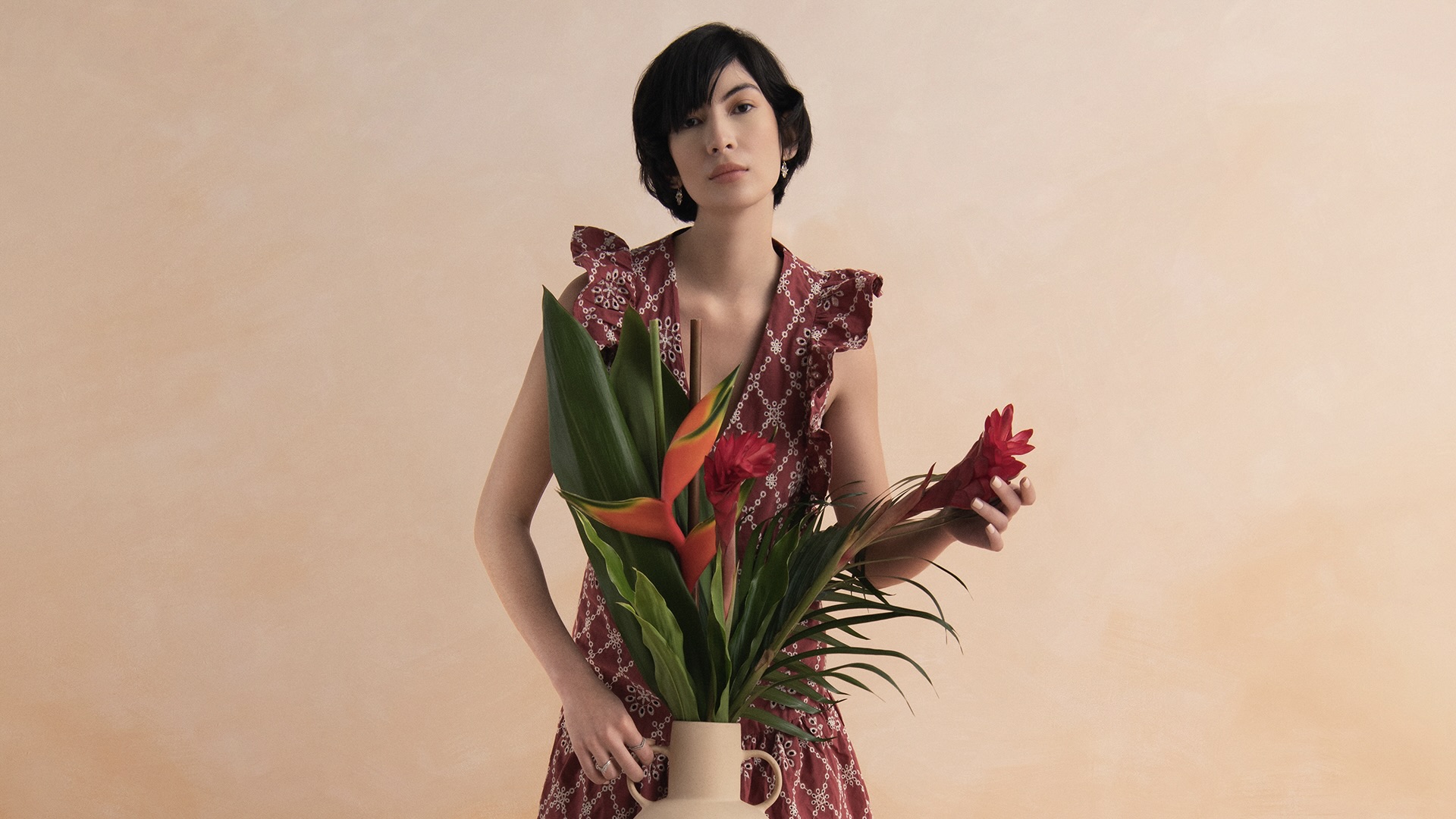
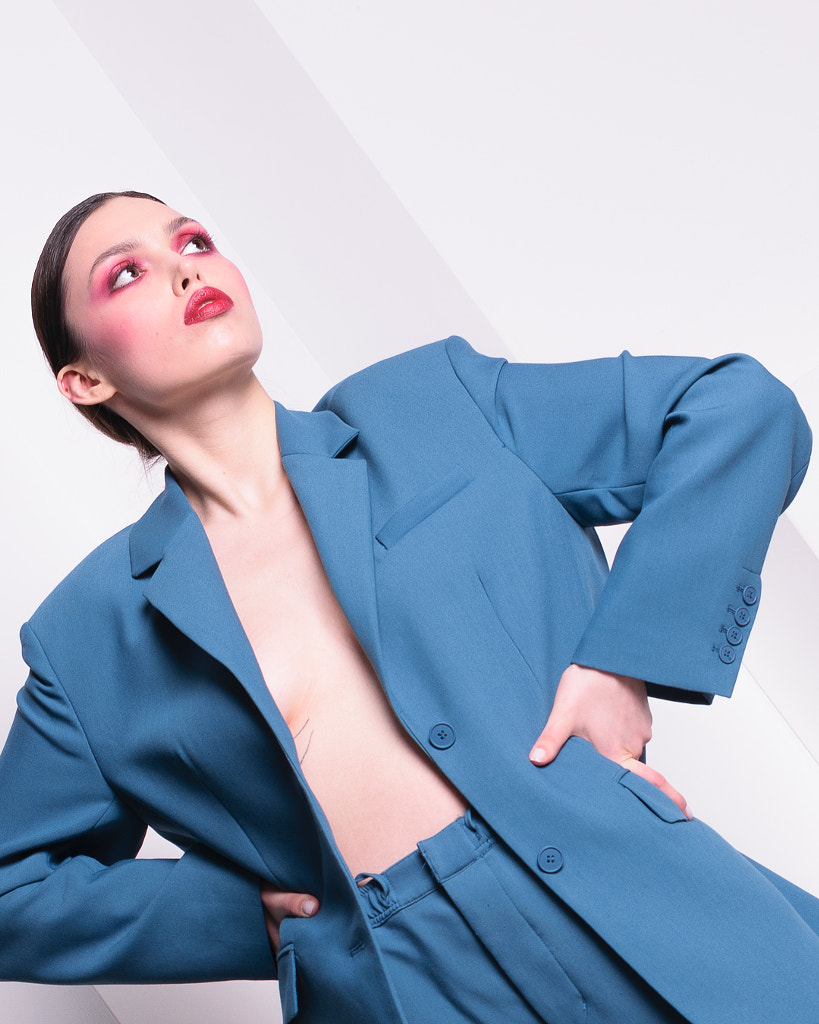
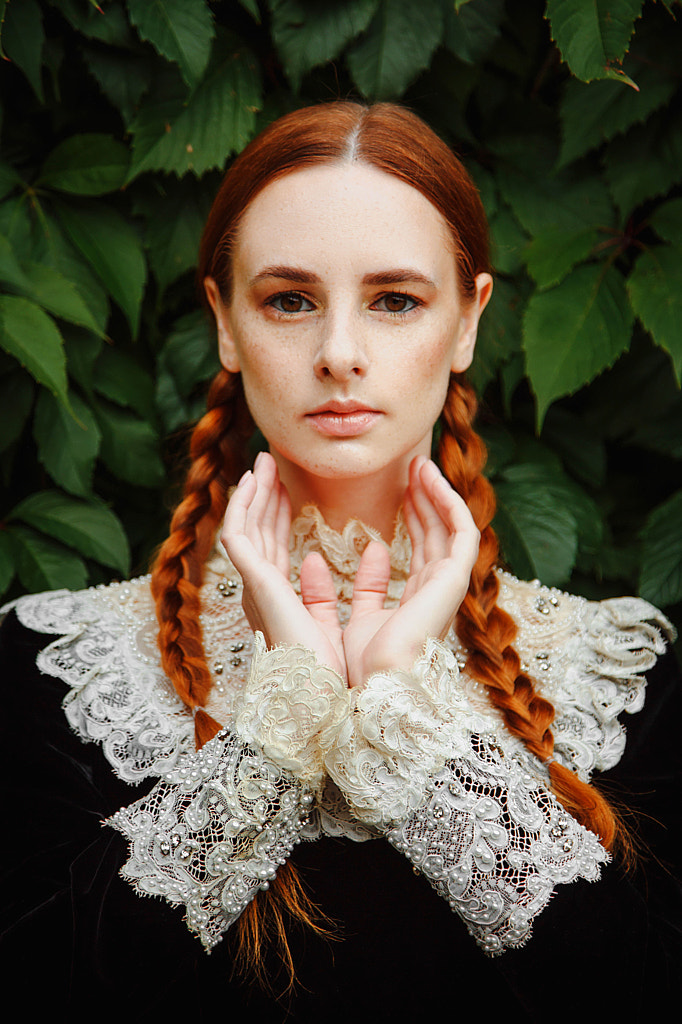
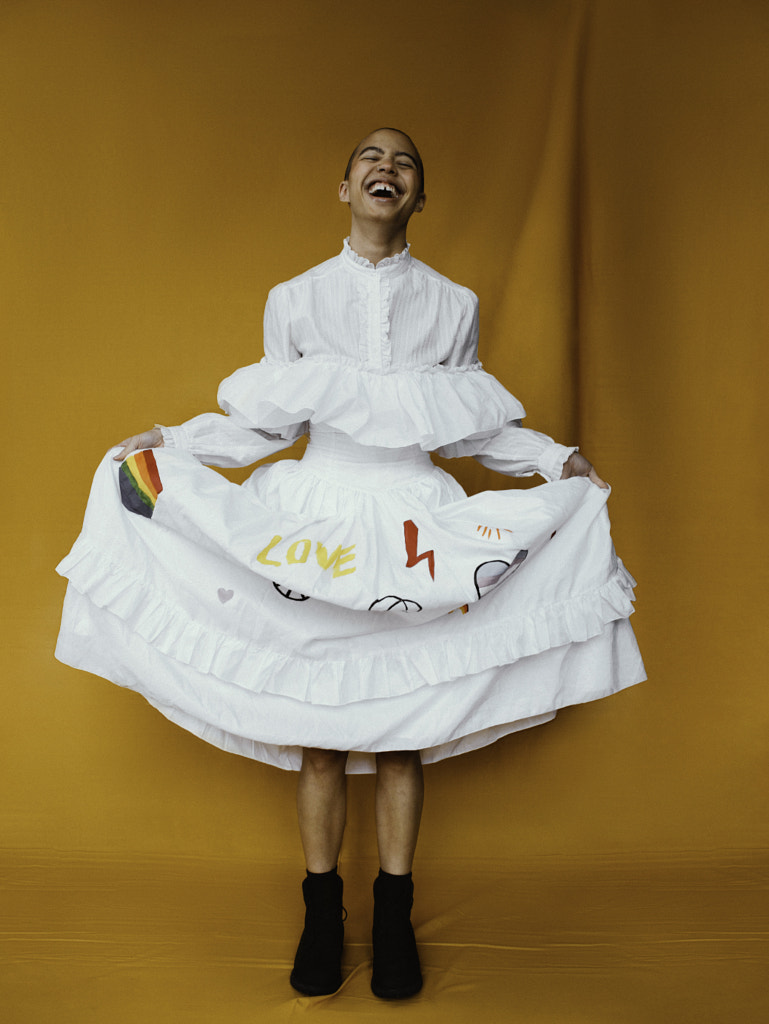


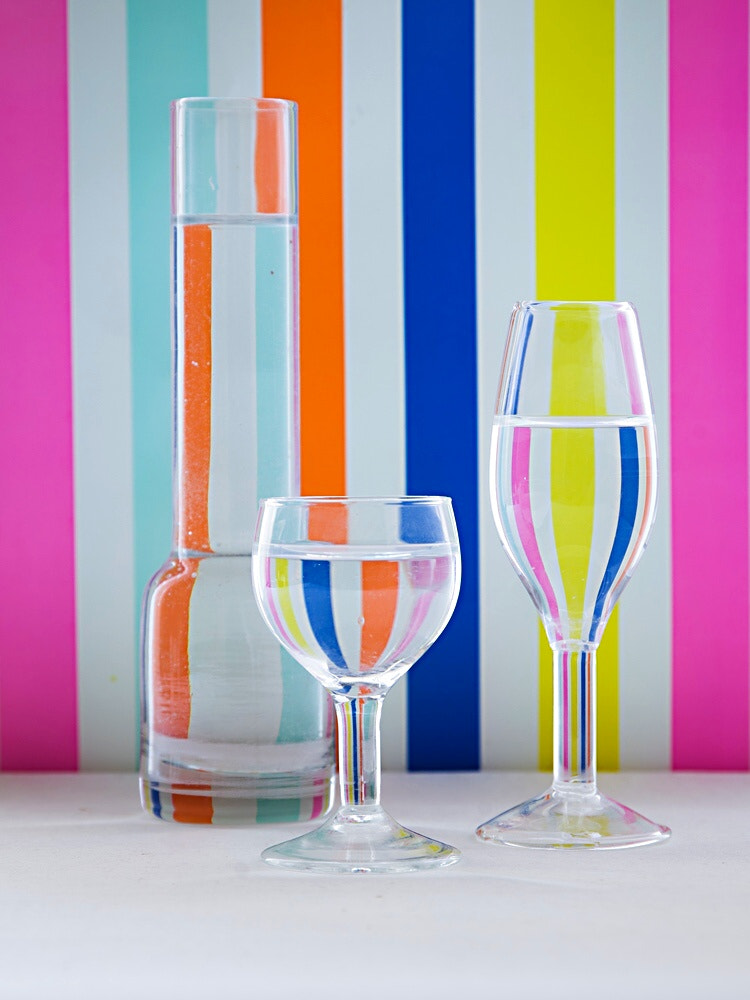
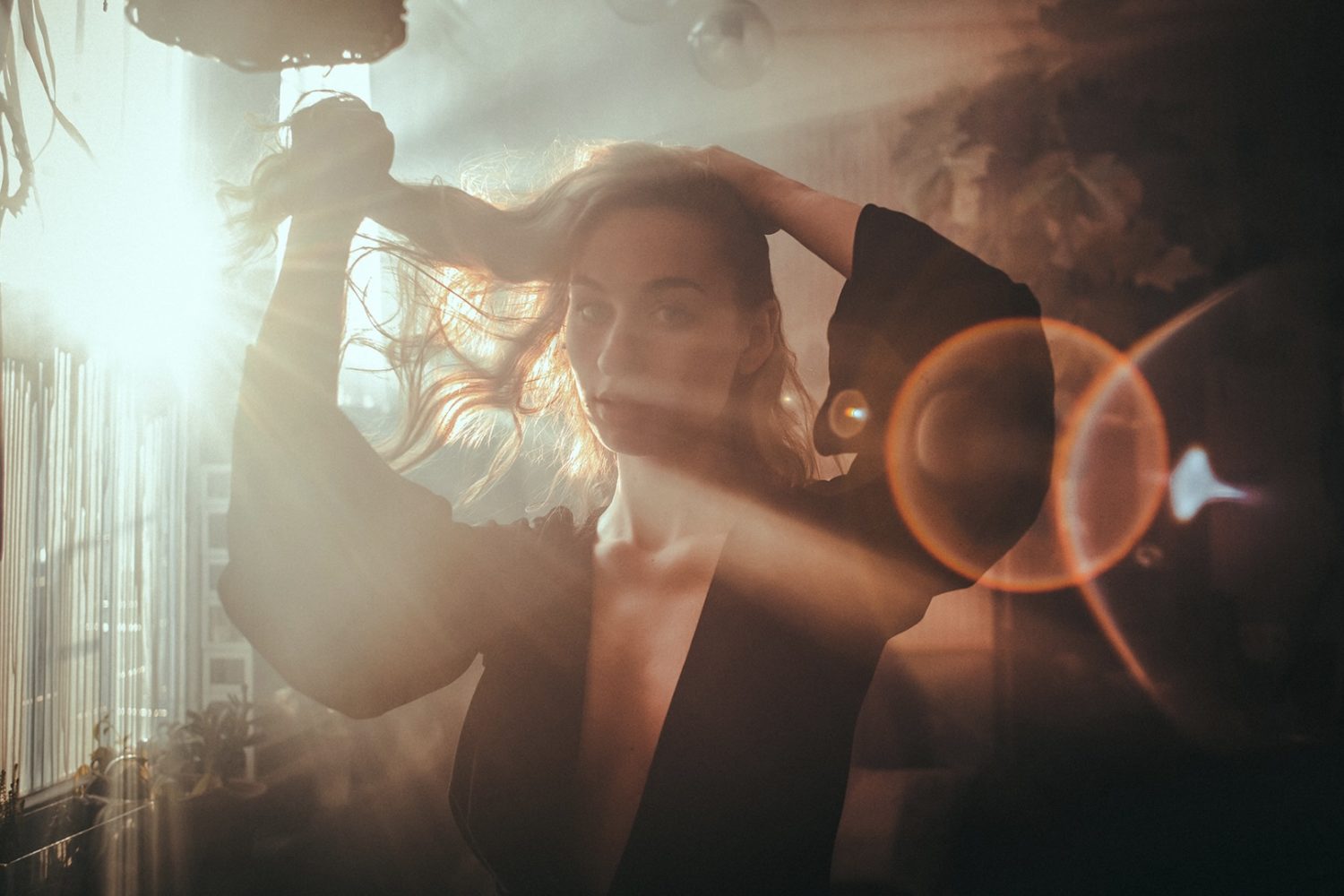
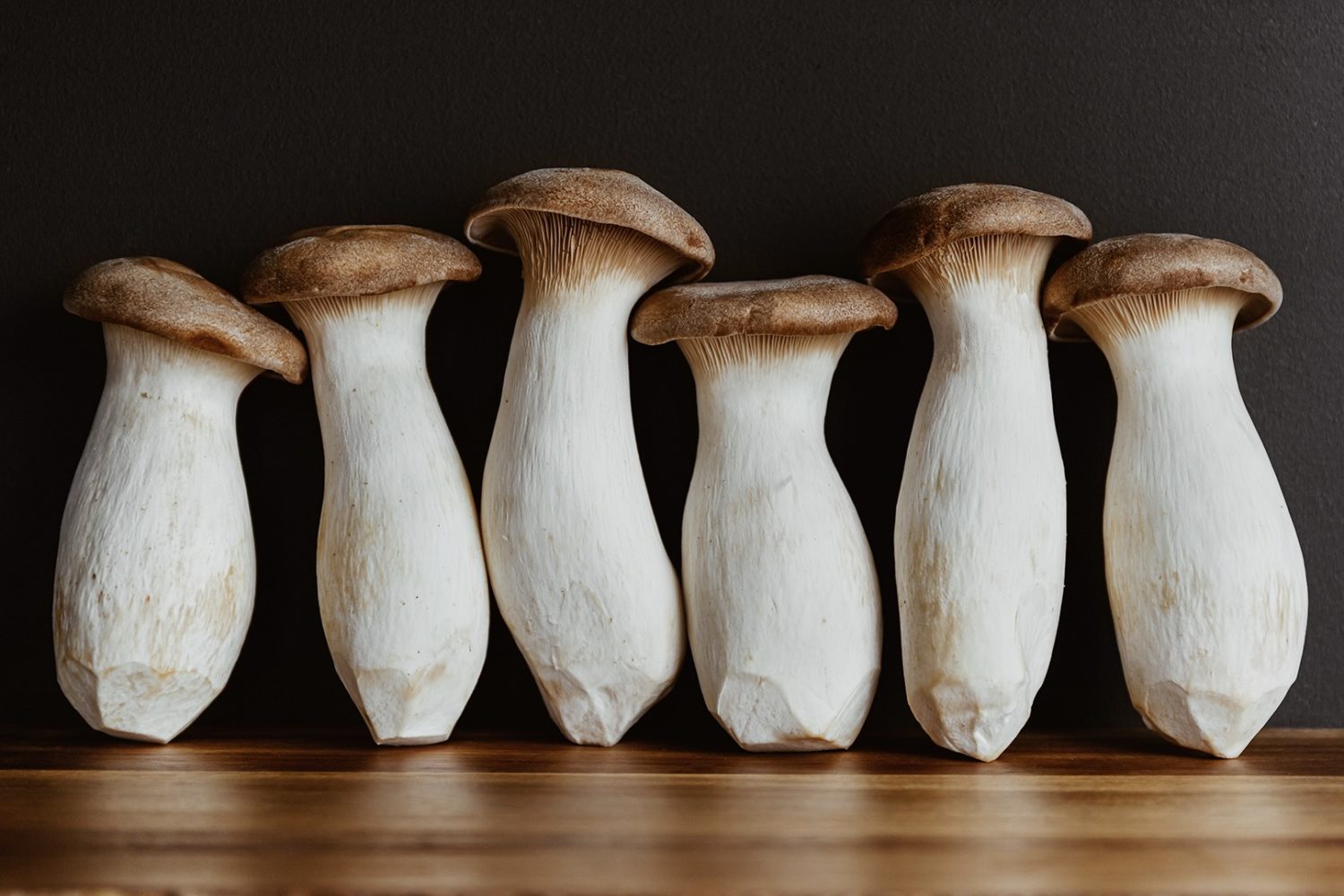
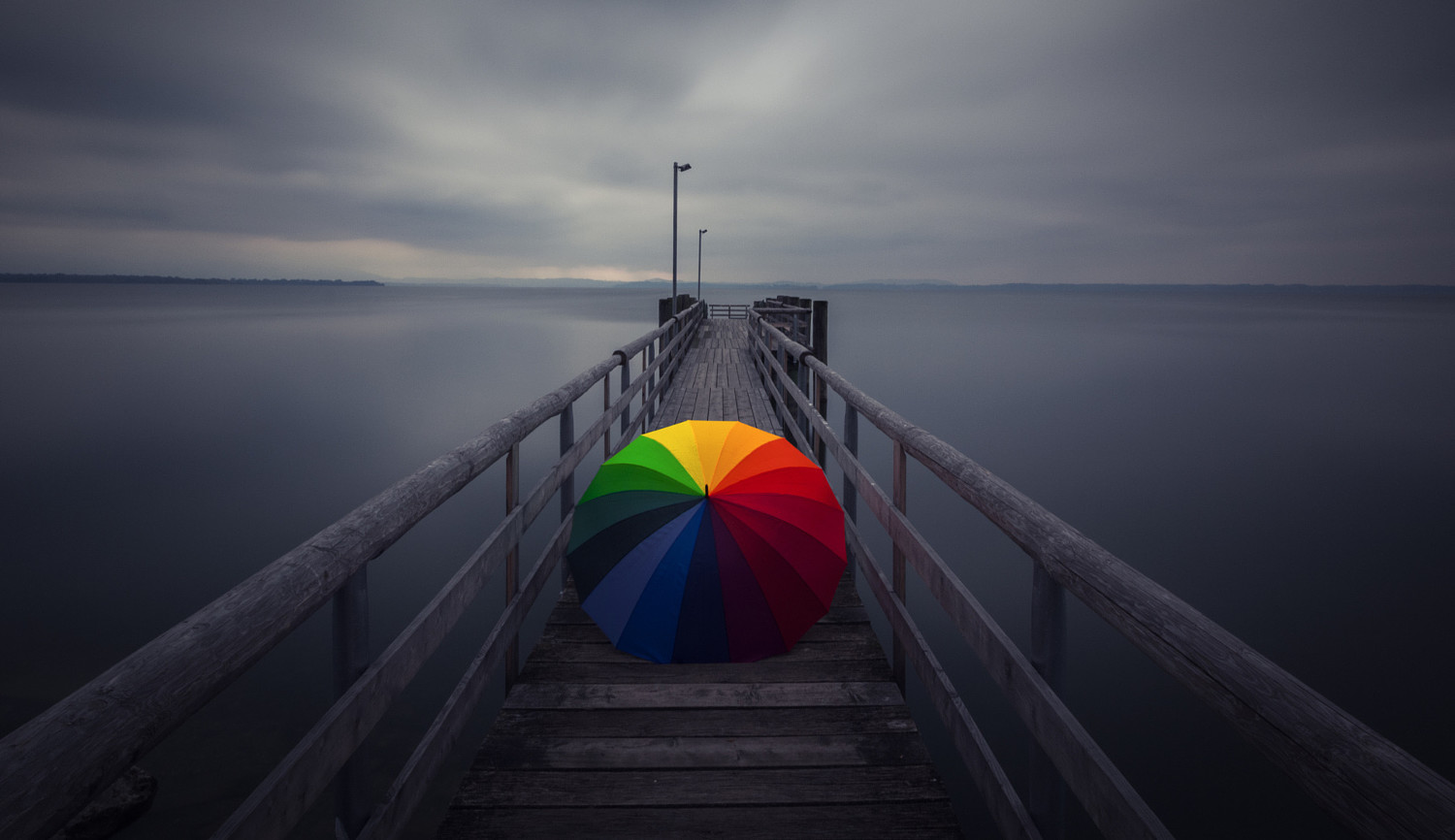
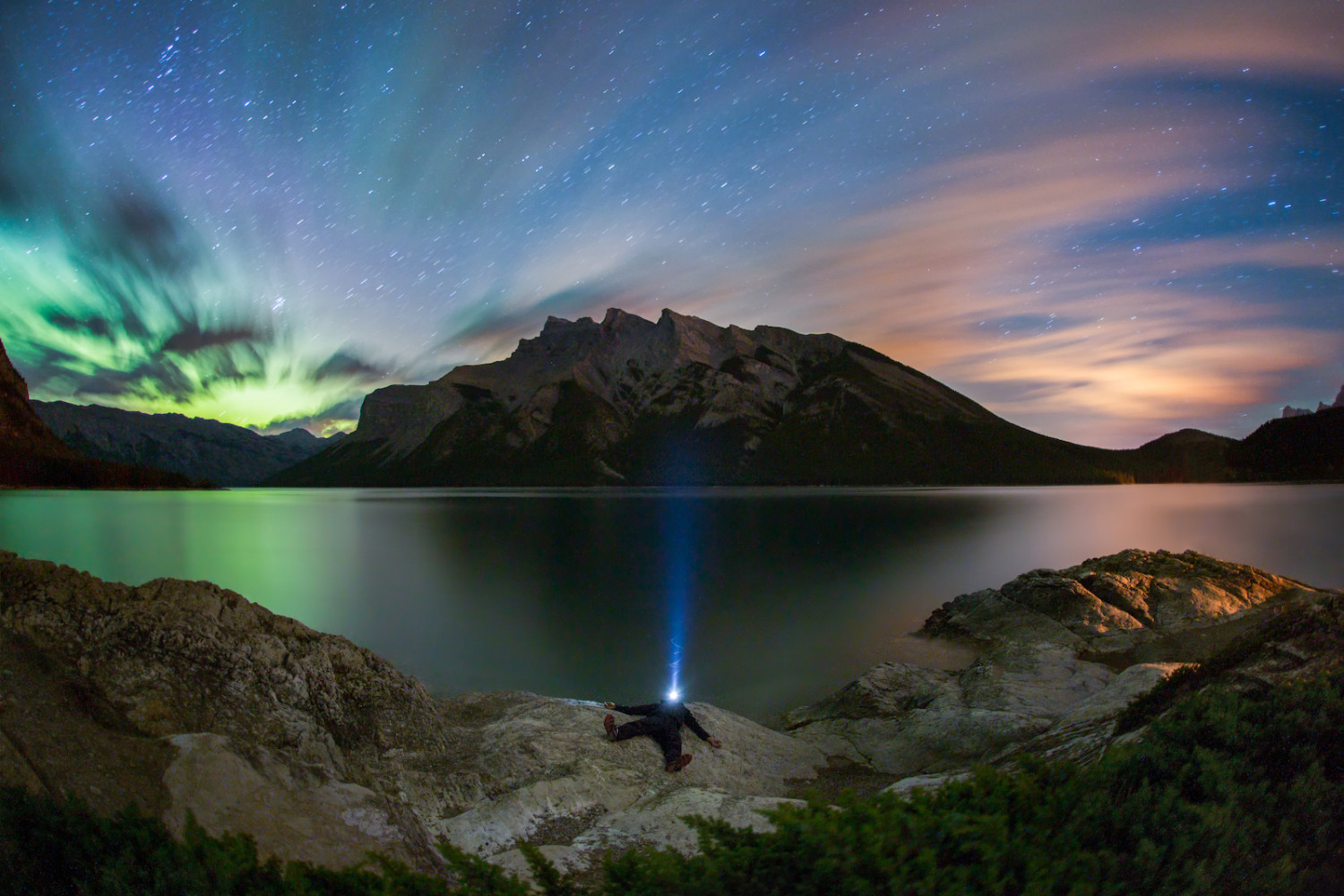
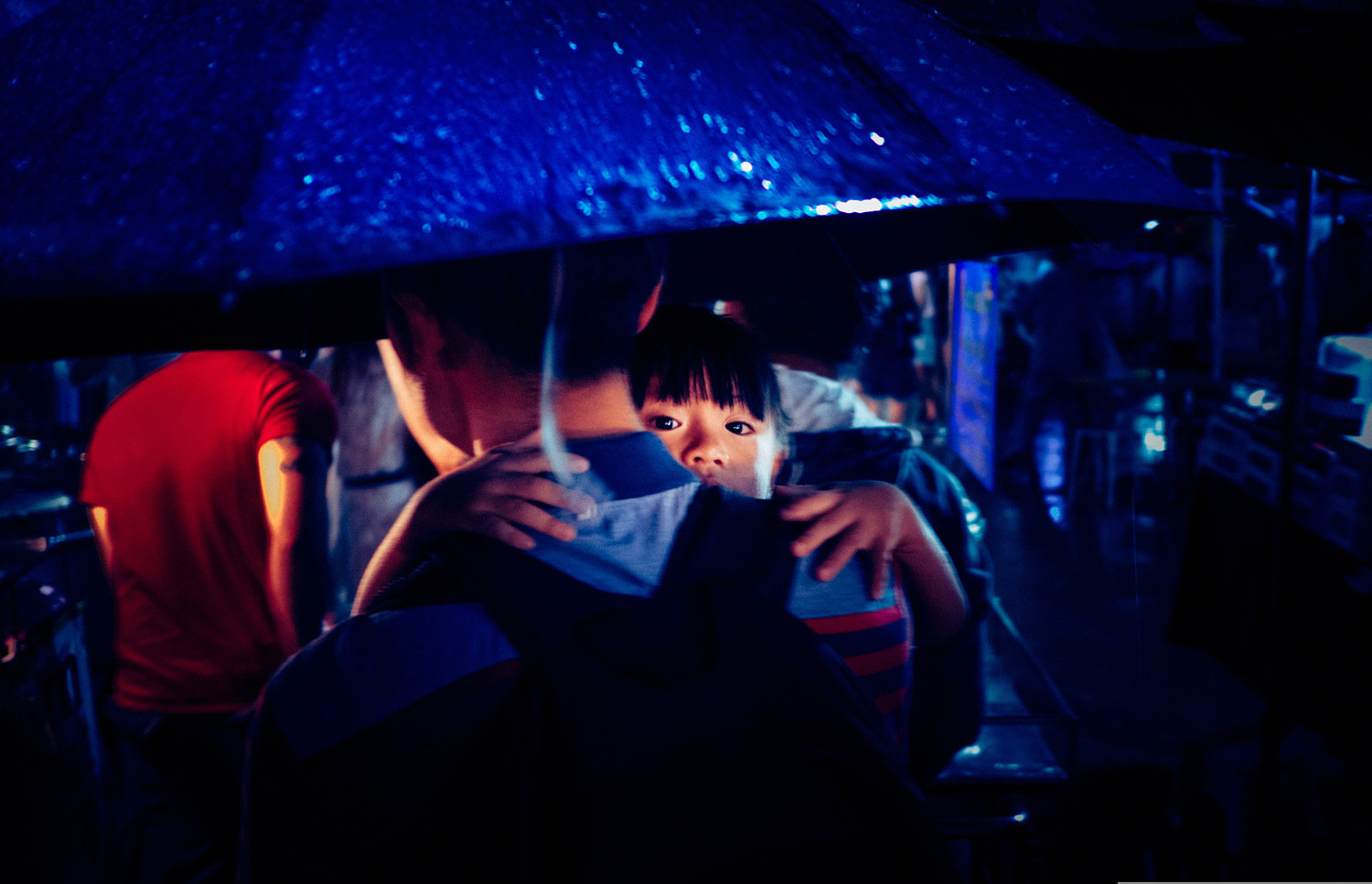
Leave a reply